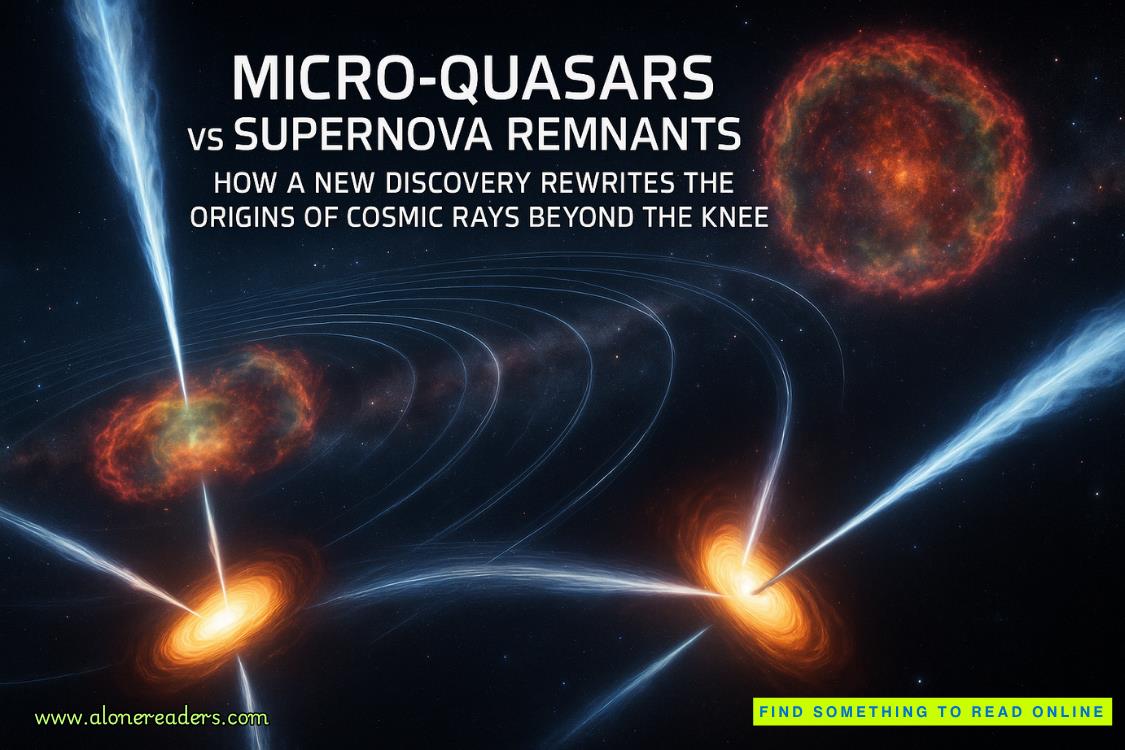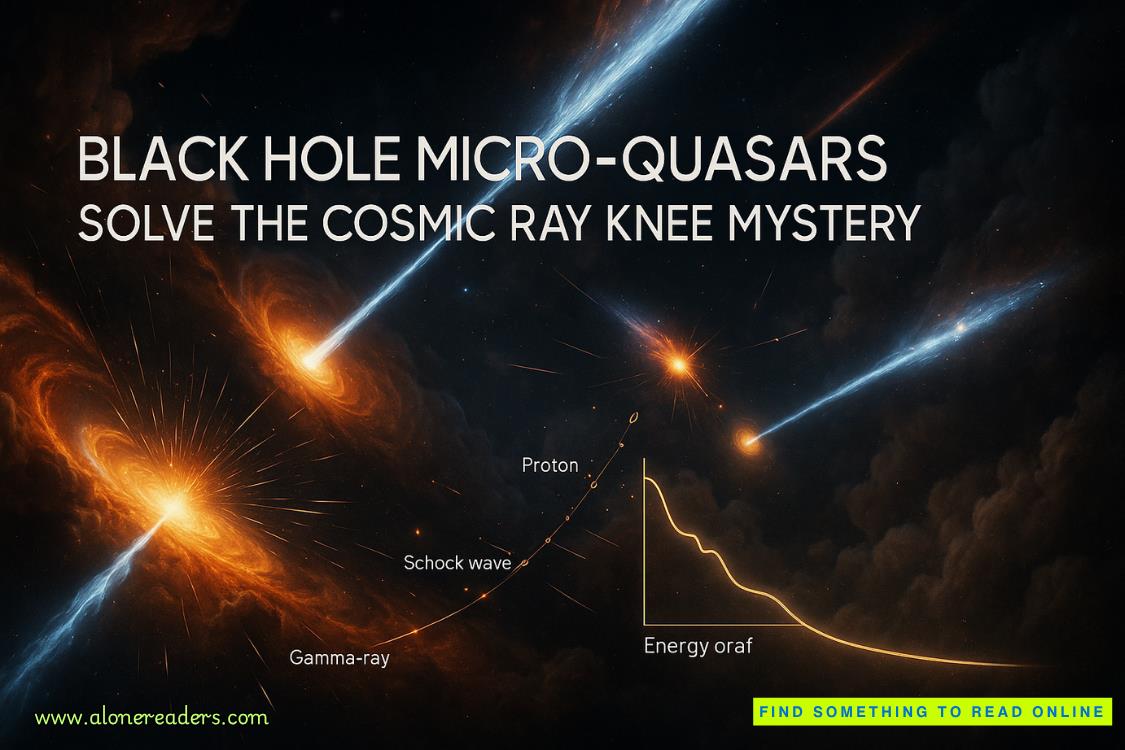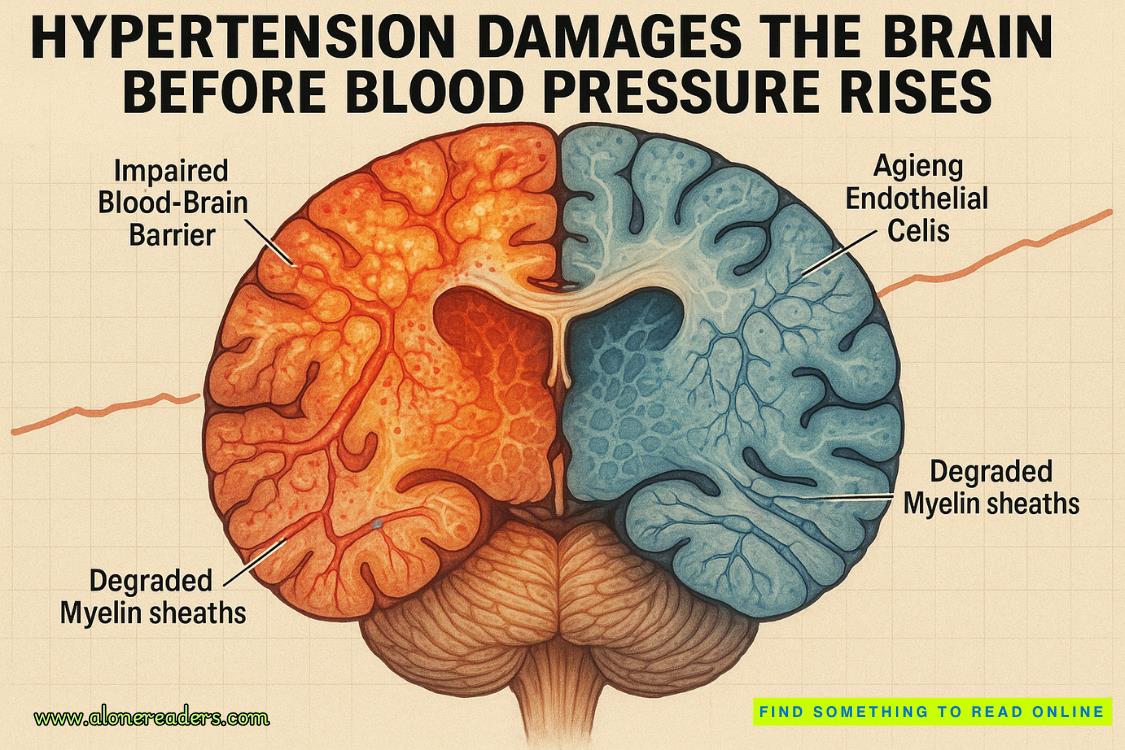Page 21 of Hello Stranger
As crazy as this sounds, it’s true: It was only once I really started trying to look that I realized I couldn’t see.
“Sue?” I said again, blinking, like maybe I could clear things up that way.
“You look fantastic,” she said, leaning forward and clasping my hands in hers. “You’d never know they just popped a section of your skull out like the top of a jack-o’-lantern.”
Yep. That was Sue, all right.
“I expected you to be bald, to be honest,” she went on. “I was prepared to walk in here and say you lookedbetterbald. I had a whole Sinéad O’Connor–themed speech prepared.”
I rubbed my eyes and tried to look at her again.
But no change.
“How did they manage to keep your hair?” Sue asked.
I knew the answer to this question. Dr. Estrera had shown me in detail. But it didn’t seem that important right now.
“I think I have a problem,” I said then. “I can’t see you.”
Sue waved her hand in front of my face, like,Hello?“You can’t see me?”
“I can see your hand,” I said. “I just can’t see your face.”
Sue leaned forward, like that might help, just as the nurse leaned in and said, “Are you having trouble with your eyes, sweetheart?”
“I don’t think it’s my eyes,” I said. “I think it’s my brain.”
WITHIN TWO HOURS,I’d done another MRI, and the entire faceless team of Estrera, Thomas-Ramparsad, Montgomery himself, and a whole posse of residents and onlookers had gathered in my room.
“The imaging shows some edema around the surgical site,” Dr. Estrera said, talking more to my dad than to me.
“What’s edema?” I asked.
“Swelling,” Dr. Nicole explained. “Very normal. Nothing to worry about.”
“It’s common to have some swelling after a procedure like this,” Dr. Estrera confirmed.
Then he turned to me, and as he did, I looked down at the blanket on my bed.
Looking at faces—or the modern art pieces where faces used to be—was hard. It made my brain hurt a little. Fortunately, Dr. Estrera wasn’t offended. He went on. “As an artist, you know that the human face has a lot of variability.”
Not sure you needed to be an artist to know that, but okay.
“Penguins, for example,” he said, “don’t have that same amount of facial variability. Most penguin faces look pretty much the same.”
“I wonder if the penguins would disagree,” I said.
He went on, “The location of your cavernoma was very close to an area in the brain called the fusiform face gyrus…”
He waited to see if I’d heard of it.
I hadn’t.
“It’s a deep temporal structure—a specialized area of the brain that allows people to recognize faces.”
I nodded and kept my eyes on my blanket.
He went on. “Humans have evolved highly specialized brain systems for recognizing faces, and most of us have near-photographic memories for them. The minute you see another human face, it triggers a flood of instant information about that person: name, profession, biographical data, memories you have together… and the fusiform face gyrus is crucial to that process.”















